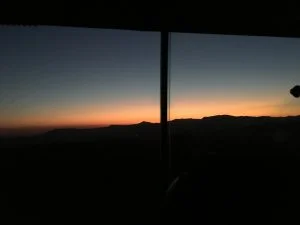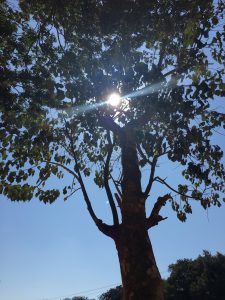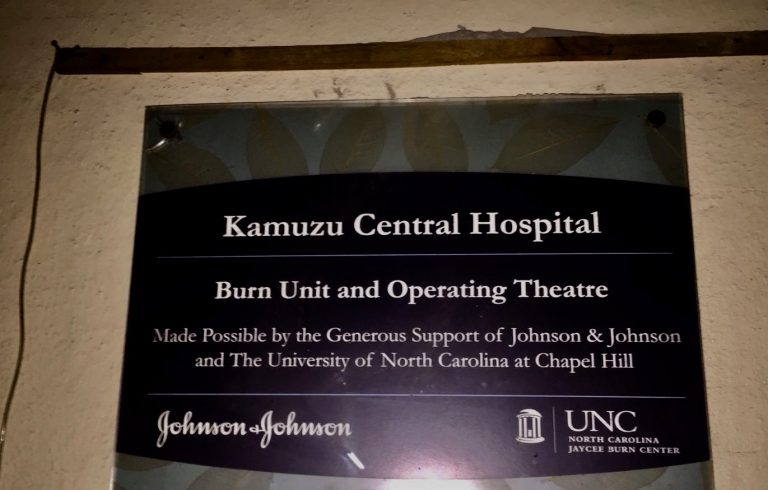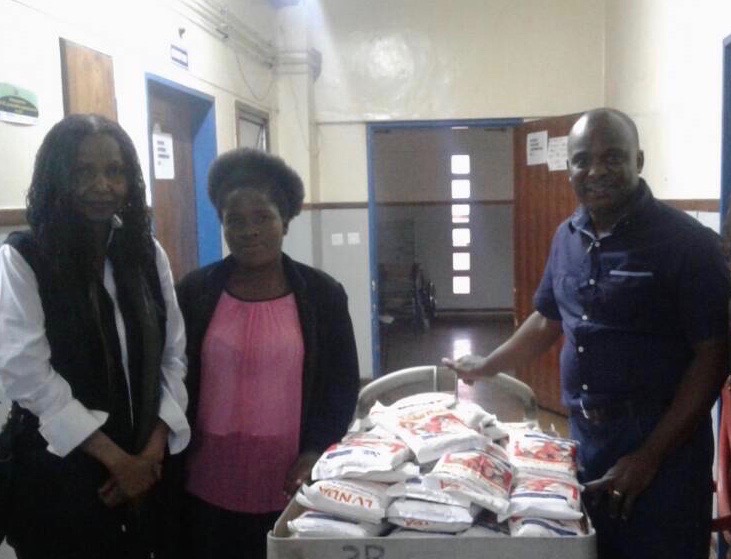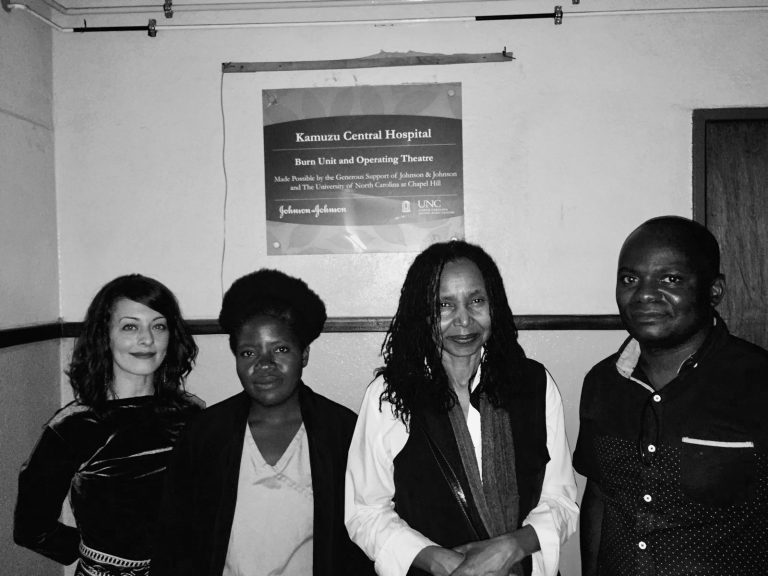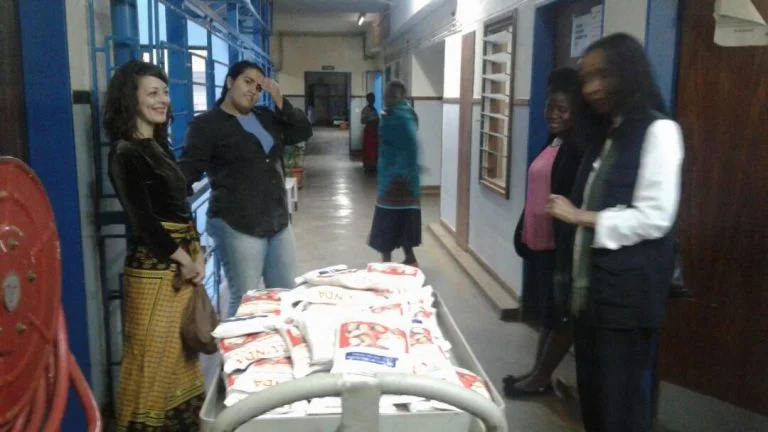Burns, Human Rights, and Capabilities: Creative Communication in Malawi
UNC onyen-only access: burnshrc.web.unc.edu
Purpose: To examine the social, economic, and structural determinants of burn injuries. Further, the purpose is to use creative communication strategies to illuminate assets-based responses to burns.
Contribution: To generate knowledge through an Africanist approach to community development, which accounts for reciprocal contribution among partners in rural US south (NC) and global south (central Malawi) settings. Further, to ally clinical, social science, and arts / humanities methods in research, with the goal of benefitting and staying accountable to affected communities through participant-identified priorities and methods in outreach, interaction, analysis, and outcomes.
Team:
Dr. Eunice Sahle (UNC-CH, Principal Investigator), Michael Kaiyatsa (Center for Human Rights and Rehabilitation, Malawi, Study Coordinator), and support from special initiatives of the Jaycee Burn Center, UNC Memorial Hospital
Project Manager (Marie Garlock)— Facilitation, advising and design on participatory research ethics, leadership for interviews and onsite workshops on communicating about burn trauma, health rights storytelling, and expressive arts, in Lilongwe and Salima regions
InterPlay Methods designed and co-facilitated with Masankho Banda, MA (U Can Dance Global Peace Building)
Project Context — Resources of Interest
Human Rights and Capabilities
.
Martha Nussbaum, contributes seminal work to a canon on "capabilities", alongside Amartya Sen and others. Nussbaum (2004) focuses on gendered contexts of human rights and begins with a core of 10 capabilities--meaning what people are able to doin lived contexts. Informatively for our work, Nussbaum examines capabilities through the lens of imposed poverty, gender-based and family violence in various parts of the world. Our work traces the multiplicity of factors found at the nexus of burn injuries in Malawi, in the context of historical and global dynamics, and their relationship to capabilities, human rights, citizenship, and belonging.
10 core capabilities:
1. Life
2. Bodily Health
3. Bodily Integrity
4. Senses, Imagination, Thought
5. Emotions
6. Practical Reason
7. Affiliation
8. Natural World and Other Species
9. Play
10. Control over Environment (political, material)
InterPlay Workshop Methodology
Health Rights Storytelling + Restoration of Self in Community
Arts-based community-building to host individual discernment and integrity of connection and imagination--creative verbal, vocal, and bodily movement forms vital to communication during health-based trauma or illness challenges
Healthcare and health rights storytelling, in clinical, community, and legislative settings; both a wellness-focused experience and a method of performance-based and oral history research (only closing story circle is audio-recorded after a 1, 2, or 3 hour workshop).
Psychosocial support and stress relief tactics to build skills for social, mental, emotional, spiritual, and physical well-being
Burns in Global South Context
World Health Organization -- Burns
Based on existing research about burn injuries, and informed by our own initial findings, burns are:
Common yet under-represented. A highly common but overlooked public health epidemic, resulting in substantial mortality and morbidity globally.
Unequal. Unevenly affects low-income countries where life centers around low-to-the-ground cooking fires, with both flames and scalding liquids.
Contextual. Intersects with historical poverty and histories of colonial rule that amplify severity of gender bias, gendered and family violence--burns as a form of domestic abuse of women, children, and men.
Life-altering. People experience life-altering physical pain and mental health traumas, limited physical mobility, economic impediments, and often-intense social stigma for visible burns both small and large.
Shaped by healthcare access. Healthcare access is limited in low-income and extremely rural as well as concentrated-poverty urban settings--private clinics' provisions are too expensive or too far away on expensive or unavailable transport to access; and many public clinics, even those free to use by all members of a population, lack fundamental burn care supplies (e.g., pain medications, dressing and bandages for burn wounds) and/or follow up care capacity.
Not yet prioritized by major institutions. Does not fit profile of infectious diseases' popularity in institutional capacity-building or public imagination (e.g., HIV/AIDS, TB, Malaria); thus limiting access to medicine, beds, and personnel to ensure follow-up care with burn patient population.
Activating to those injured. Many who have experienced burn injuries as children and adults wish to be peer educators on burn prevention, community mobilizers to address healthcare access and quality inequities, or to host psychosocial support circles and activities for others with burn injuries in their local areas--this was echoed by a majority of participants in our focus groups and workshops in Malawi.
Under-studied on the African Continent. Burn injuries' best studies are in South Asia (Nepal, Bangladesh). More research must happen in sub-Saharan African contexts on this pressing issue. The WHO reports that "An estimated 180,000 deaths every year are caused by burns--the vast majority occur in low- and middle-income countries. // Non-fatal burn injuries are a leading cause of morbidity. // Burns occur mainly in the home and workplace. // Burns are preventable."
...continued resource updates upcoming...
What’s Next — Future Plans
Next Steps
Policy Brief to be Shared and Discussed with Key Stakeholders
Student-Led Fundraising Event for KCH Burn Unit (UNC Study Abroad and local NC partnerships)
Published Article — focusing on burn injuries from human rights and capabilities perspectives, linking clinical, social science, and arts/humanities approaches
Future Deliverables
Training with District Traditional Leaders across Malawi in 20 areas, and NGO Civil Society groups
Workshops to Start Train-the-Trainers Programs*
*Indicated as Ideal Outcome by Participants Facing Burn Injuries (2018), willing to lead (2019-onward) in:
Psychosocial Support and Care — Mental Health and Health Rights Storytelling Methods for Groups Experiencing Physical, Mental, Social, Spiritual/Emotional Trauma, Stigma, Isolation
Burns Prevention Education — Rural and Urban
Healthcare Access and Supply Availability — Rural and Urban
Community Capacity Building — Including Income Generation Circles Among Families Affected by Burns
Planning Clinical Triage Techniques and Scar Care Technology Access for Burn Care in Low Resource Settings — informing future developments in proposed multi-year partnership
RESEARCH TEAM
Principal Investigator, Eunice N. Sahle, PhD, Chair and Associate Professor, Department of African, African American and Diaspora Studies, UNC Chapel Hill
Study Coordinator, Michael S. Kaiyatsa, Center for Human Rights and Rehabilitation, Senior Advocacy and Resources Mobilization National Coordinator
Project Manager + Co-Investigator, Marie A. Garlock, It is In You Consulting, PhD Candidate, Department of Communication, UNC Chapel Hill
Participants in Focus Groups, Workshops, and Interviews in Lilongwe and Salima, Malawi. (Supported by UNC IRB 18-062). Thank you for your genuine participation, your integrity, and your welcome into honest dialogue as individuals-in-community.
RESEARCH FUNDING
This project is made possible by The College of Arts and Sciences, and African, African American, and Diaspora Studies, University of North Carolina at Chapel Hill.

